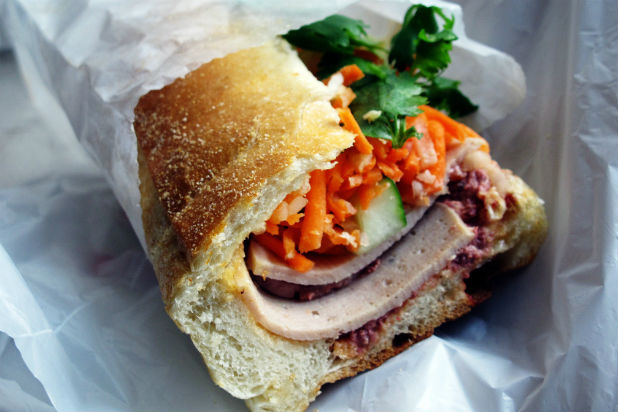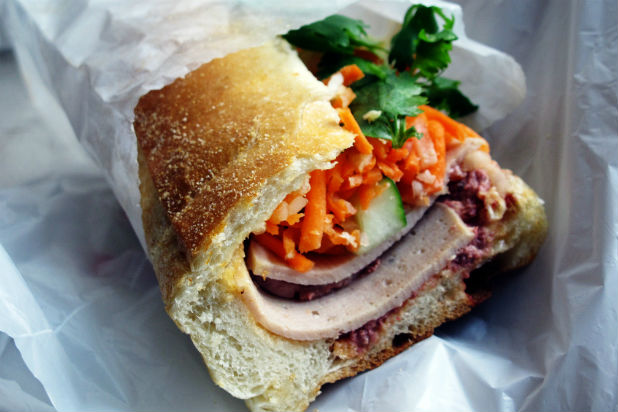Surprising Origins Of 10 Iconic Sandwiches
The sandwich is called by many names, but whether referred to as a sub, a roll, a hoagie, a hero, or by any other name, it's eaten all over the world. It wasn't until the late 1700s (that we know of) that a prominent man by the name of John Montagu, widely known as the fourth Earl of Sandwich, thought to combine the few ingredients he had available (a piece of beef and two slices of bread) in an effort to avoid interrupting his table game over his appetite. A French writer named Pierre-Jean Grosley recorded this first known sandwich-making moment in a book called Londres:
A minister of state passed four and twenty hours at a public gaming-table, so absorpt in play, that, during the whole time, he had no subsistence but a piece of beef, between two slices of toasted bread, which he eat without ever quitting the game. This new dish grew highly in vogue, during my residence in London; it was called by the name of the minister who invented it.
Surprising Origins of 10 Iconic Sandwiches (Slideshow)
The term, "sandwich," and the food itself trended quickly, and was first written down not long after by another man, Edward Gibbon, who is the author of The History of the Decline and Fall of the Roman Empire. On Nov. 24, 1762, he identifies a sandwich in his journal:
That respectable body, of which I have the honour of being a member, affords every evening a sight truly English. Twenty or thirty, perhaps, of the first men in the kingdom, in point of fashion and fortune, supping at little tables covered with a napkin, in the middle of a coffee-room, upon a bit of cold meat, or a sandwich, and drinking a glass of punch.
More than 200 years later, sandwiches are known by many names and are made in many forms with many kinds of fillings, from the banh mi — a warm baguette traditionally spread with mayonnaise and pâté and filled with ham, headcheese, sausage, and often additions like cucumber, tomato, cilantro, chilies, and relish — to the Reuben, two slices of rye bread filled with corned beef, Swiss cheese, dressing, and sauerkraut, then melted.
Derived from the Earl's original beef sandwich, every type of sandwich originated from somewhere by someone. Once called a "banh tay," meaning "foreign cake," the sandwich now known as the bánh mì was first crafted in the Vietnamese city of Saigon when the French introduced baguettes to Vietnam. It was originally a delicacy eaten only by the upper class of Saigon, who preferred to dip it in sweetened condensed milk.
A French myth says that the croque monsieur, otherwise known as a "Crispy Mister," was accidently discovered when a couple of French workers left their lunch pails full of cheese and ham sandwiches too close to a hot radiator. The sandwich appeared on French café menus around 1910 and was originally made simply with ham and Gruyère cheese, later evolving into other variations like the the croque madame, the croque Provencal, the croque tartiflette, and the Monte Cristo.
We may not know the origins of every type of sandwich, but we can thank the Earl of Sandwich for thinking to put a slab of meat between two slices of bread.
Bánh Mì
Once called a "banh tay," meaning "foreign cake," the sandwich now known as the bánh mì was first crafted in the Vietnamese city of Saigon when the French introduced baguettes to Vietnam. It was originally a delicacy eaten only by the upper class of Saigon, who preferred to dip it in sweetened condensed milk.
Club
Haley WIllard is The Daily Meal's assistant editor. Follow her on Twitter @haleywillrd.

